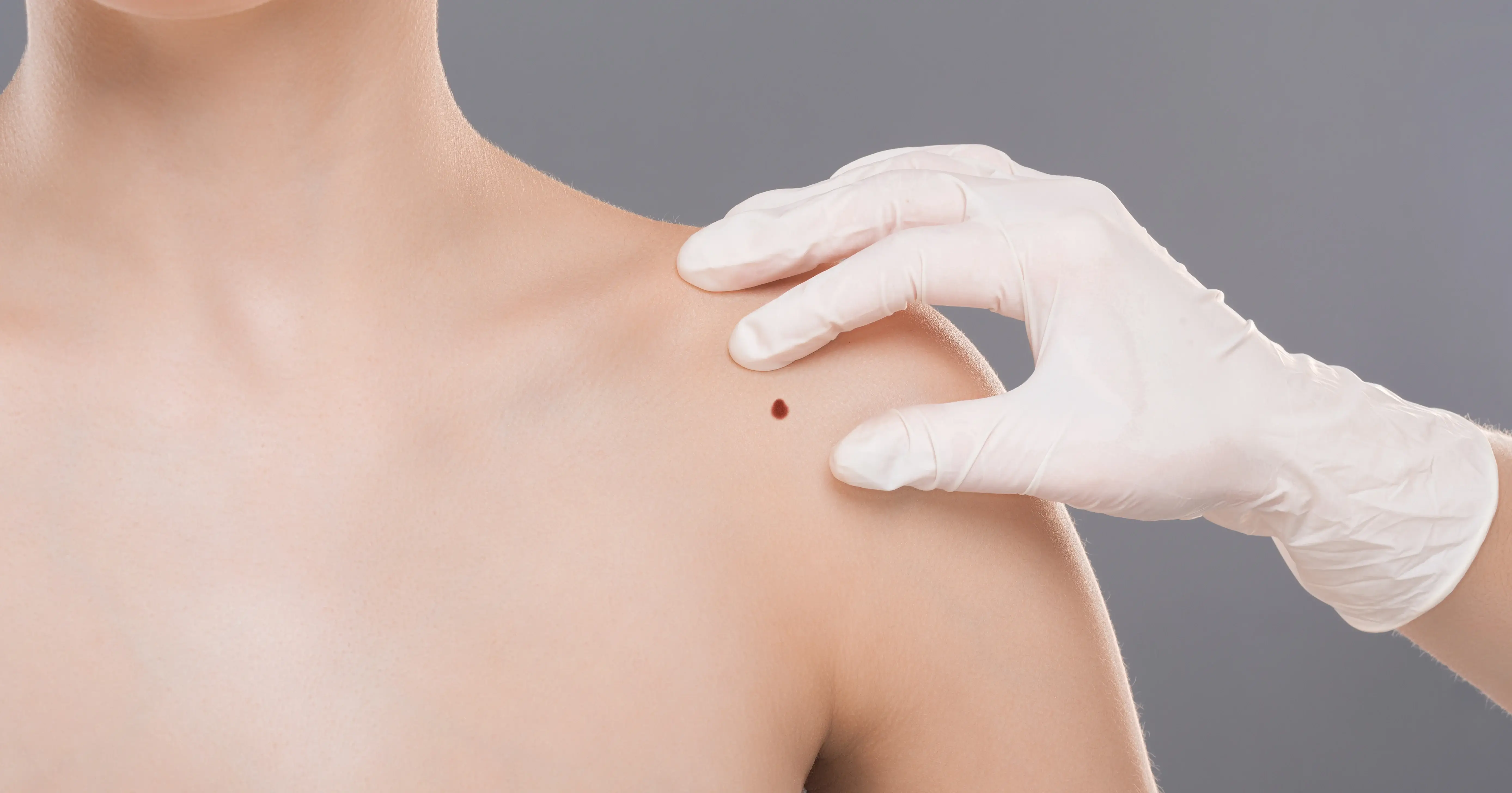Recent Use of Medical Infrared Thermography in Skin Neoplasms
Abstract: Infrared thermal imaging captures the infrared radiation emitted by the skin surface. The thermograms contain valuable information, since the temperature distribution can be used to characterize physiological anomalies. Thus, the use of infrared thermal imaging (IRT) has been studied as a possible medical tool to aid in the diagnosis of skin oncological lesions. The aim of this review is to assess the current state of the applications of IRT in skin neoplasm identification and characterization.
Methods: A literature survey was conducted using the reference bibliographic databases: Scopus, PubMed and ISI Web of Science. Keywords (thermography, infrared imaging, thermal imaging and skin cancer) were combined and its presence was verified at the title and abstract of the article or as a main topic. Only articles published after 2013 were considered during this search.
Results: In total, 55 articles were encountered, resulting in 14 publications for revision after applying the exclusion criteria. It was denoted that IRT have been used to characterize and distinguish between malignant and benign neoplasms and different skin cancer types. IRT has also been successfully applied in the treatment evaluation of these types of lesions.
Conclusion: Trends and future challenges have been established to improve the application of IRT in this field, disclosing that dynamic thermography is a promising tool for early identification of oncological skin conditions.
Reference: Magalhaes, C., Vardasca, R., & Mendes, J. (2018). Recent use of medical infrared thermography in skin neoplasms. Skin research and technology : official journal of International Society for Bioengineering and the Skin (ISBS) [and] International Society for Digital Imaging of Skin (ISDIS) [and] International Society for Skin Imaging (ISSI), 24(4), 587–591.
| Interested in learning more about thermal imaging? Request a demonstration with Digatherm and discover how veterinary thermography can help you find problem areas faster and easily monitor treatment progress. |

